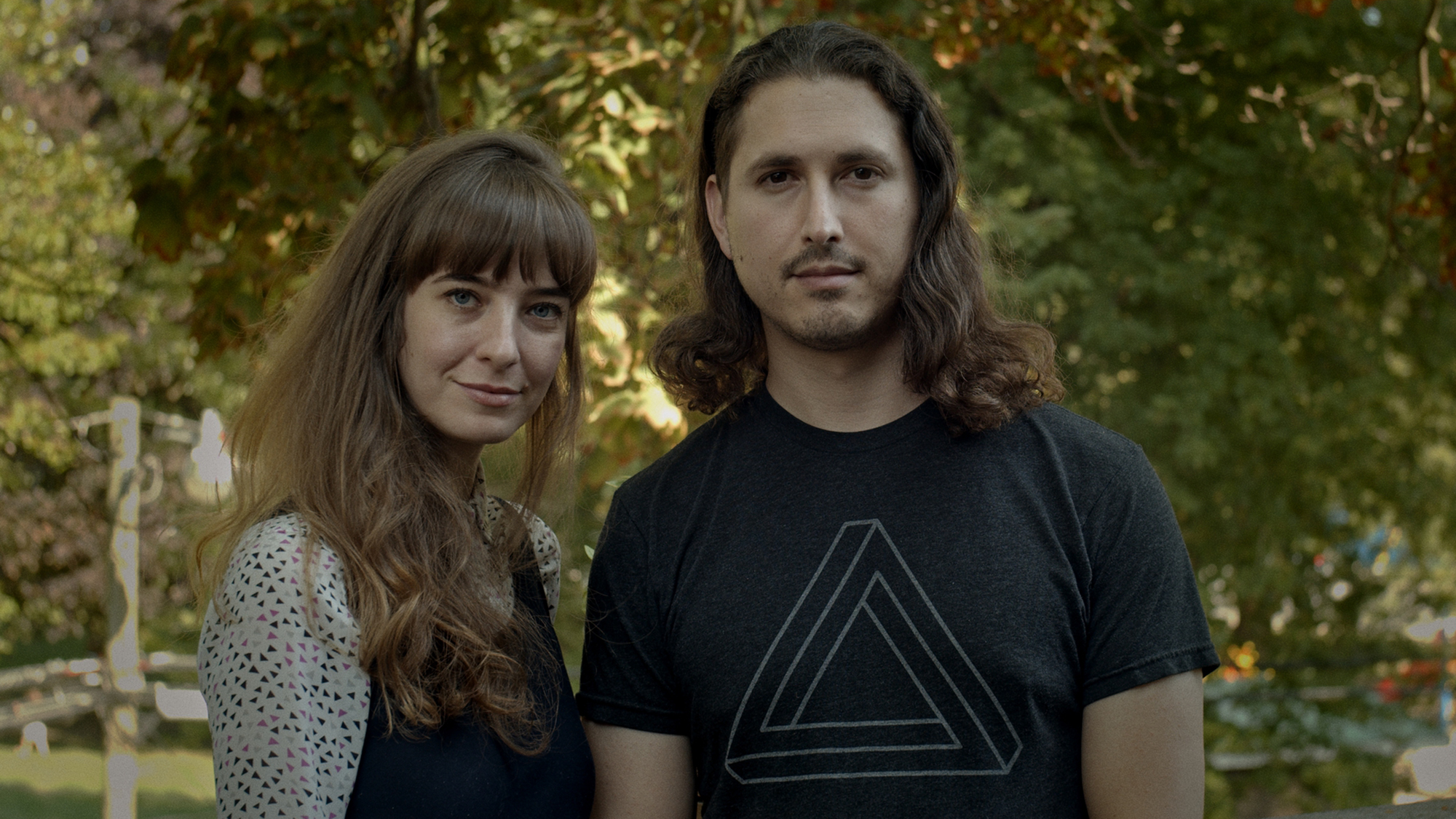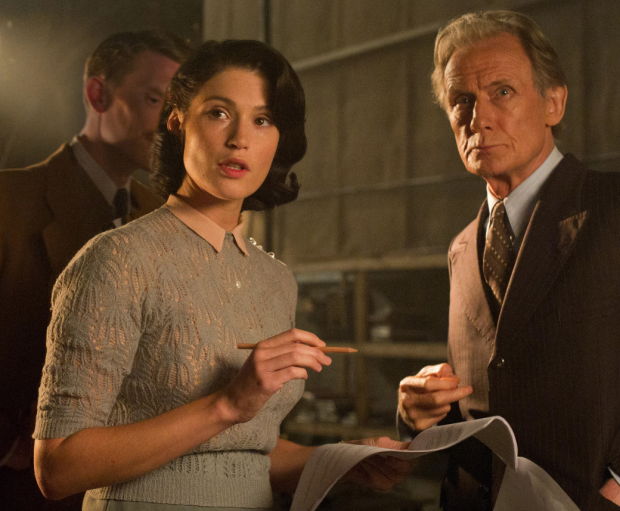The 22 minute drama short film “Chubby” deals with the trauma of a 10-year-old girl who became victim of sexual abuse. We had a chance or reviewing the short and you can find it over here. To find out even more how the short film came to life we had pleasure speaking with Madeleine Sims-Fewer and Dusty Mancinelli, the directors of the short film. The two young and talented directors revealed to us what the most challenging part was when it came down to filming and other interesting fact on what happened behind the scenes.
Right at the beginning of the short you have no idea that it would deal with such a serious topic. Was it a conscious decision not to reveal everything right from the beginning of the film, but instead to reveal it gradually?
“Absolutely. As the film is told from Jude’s perspective, we wanted the audience to discover what is happening as she does. We wanted to create a feeling of dread and unease gradually, so you’re initially disarmed by this close, funny relationship, but slowly start to feel that something isn’t right. We wanted the audience to realize that even though these choices are being presented to her Jude doesn’t really have a choice, she is completely manipulated – just as the audience have been.”
Did you change much of the script during the shooting?
“Not really — we definitely like to improvise in and out of scenes, to give a natural flow to the dialogue, but most everything you see was scripted. On set we often directed Jude thorough Jesse — getting him to do specific things that would impact her during the take — and his energy and commitment to the role helped immeasurably in getting Maya to the level of comfort you see on screen. We shot 20 minute takes (over 20 hours of footage), improvising in and out of scenes, playing games on camera, and trying lots of different techniques to capture the right energy and spontaneity. Jesse and Maya developed such an incredible bond that Maya was devastated when he wrapped shooting. We filmed her really emotional confession right after Jesse left — we didn’t plan it that way, but it definitely helped to get the scene. So while we did stick to the dialogue that was on the page many spontaneous reactions were discovered through improvisation and real genuine emotion.”
What did you find was the hardest bit when it came down putting the film together and at the same time doing justice for the story and people who have gone through it?
“Casting was definitely the biggest challenge! Not only did we want to find a precocious young girl with an infectious energy who was able to be herself on camera, but we needed to find someone who was comfortable with the difficult subject matter. We posted our casting call everywhere we could think of, and auditioned tons of young girls before we came across Maya Harman. We had seen Maya’s head shot when searching local after school acting programs, and asked her to tape an audition. She was in Montenegro with her family at the time, but she recorded her scenes with her older brother on vacation. Maya’s mom included a blooper reel of outtakes with her tape, and as soon as we watched it we knew — she was Jude — we had to cast her.Maya had not acted in a film before, so that was a learning curve for everyone. We had to find creative ways to get her to feel comfortable enough to be herself in front of a camera and crew. Ultimately Maya’s big heart and commitment to Jude’s story is what sells the film. We knew the whole film hinged on Jude’s performance, and we’re so lucky to have found Maya.”
Did making this short film help you to process, get certain closure when it comes down to your own past experience with abuse?
“In a way, yes. It is extremely difficult making a film – everything is against you – and when the subject matter is so personal there is this added pressure to get it right, plus you are dredging up old wounds in front of your entire cast and crew. But there was a sense of needing to get it out there so that it was now a separate thing, not just an insidious trauma that lives inside.”
What was particularly important for you when it came down to choosing the leading actress? How do you prepare a young girl for such a role?
“We were looking for someone really specific, who was playful and sarcastic and relatively self-aware for a 10 year old. We knew it was a tall order, especially as there is a real style of child acting out there that we definitely wanted to steer clear of. Our benchmark was Brooklyn Prince from Sean Baker’s The Florida Project. Her performance is staggeringly effective, and we felt that if we couldn’t find someone as good has her then we wouldn’t make the film.We really let Maya and her parents (who were wonderfully supportive and open to the whole process) dictate the comfort level. They guided us each step of the way, and we were just very open about how personal the story was, and keeping everything very candid. Maya was quite vocal about wanting to tell this story to help other girls who may have gone through something similar. She’s an incredibly articulate, self-possessed person.”
Do you think that short films talking about abuse can encourage people talking about it more and thus making it less of a stigma or a taboo topic?
“Films definitely have the power to make people feel less alone in the world. If Chubby can make even one person feel like their experience is validated, or like they have someone out there who knows what they’re going though, then that’s ultimately what we are hoping for. Abuse within families is not being talked about. There is a deep level of discomfort, because it is awful, but it makes survivors feel like they are somehow dirty and complicit. Bringing more awareness to family abuse will help parents and siblings better cope with it, and create more discussion and strategies for dealing with the abuse in an open, conducive and supportive way.”





